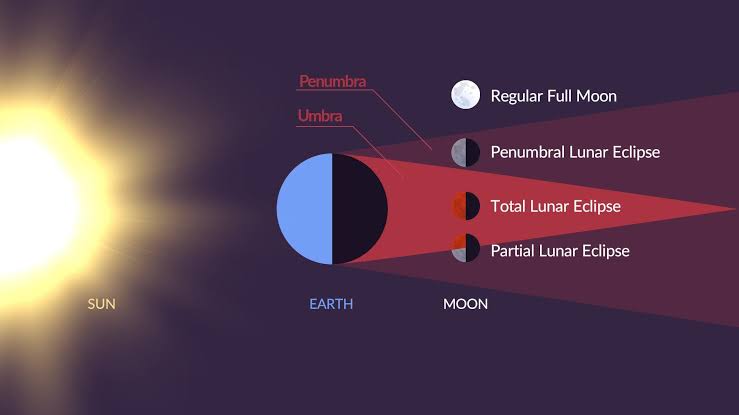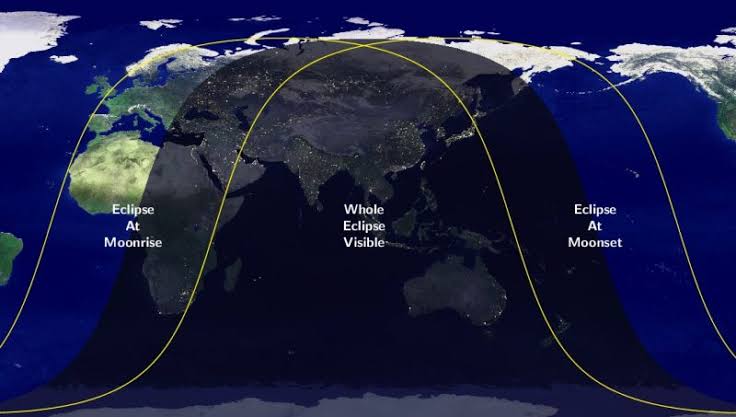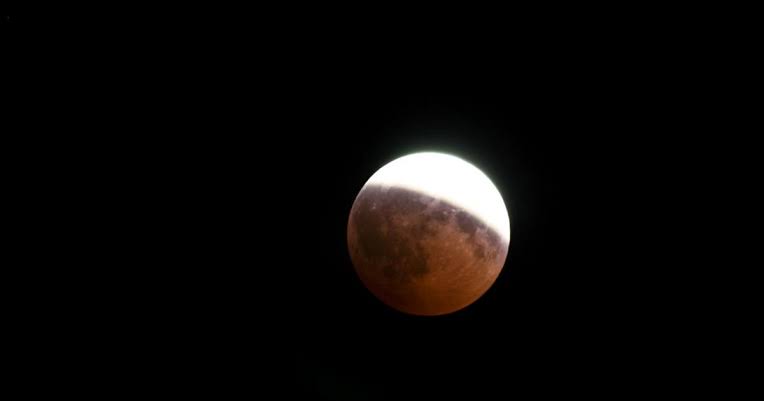On Friday, May 5, the moon will enter the Earth’s outer shadow, causing a penumbral eclipse, which is a type of astronomical event. Skywatchers will see a dimming but not total disappearance of the moon during the eclipse.
Anywhere on the planet where the moon is over the horizon, including Antarctica, Asia, Russia, Oceania, and Eastern and Central Africa, will be able to see the penumbral lunar eclipse, which will start at 11:15 EDT (1515 GMT). When the moon emerges from the Earth’s shadow at 3:32 p.m. EDT (1932 GMT), the event will have reached its peak at 1:24 p.m. EDT (1724 GMT).
The penumbral eclipse won’t be visible from North America, South America, or the majority of Europe at all because the moon will be below the horizon the entire time Earth is in the moon’s shadow, according to In the Sky. Penumbral eclipses happen when Earth passes between the moon and the sun in a straight line, as happens with all lunar eclipses.
As a result of Earth obstructing the sun’s light, the shadow of our planet falls on the face of the moon. Events may result from this that, in contrast to solar eclipses, may be modest and challenging to spot. The penumbra, the lighter outer part of the Earth’s shadow, is where a penumbral eclipse occurs when the moon passes through it.

There is a region on the sun’s disc where it looks like Earth partially obscures the disc. In other words, the moon is dimmed but still partially illuminated when it is in the penumbra since it receives less light from the sun at that time. The resulting effect can sometimes be barely perceptible and is only occasionally evident to those with exceptionally keen vision or in carefully-controlled images. The complete lunar face can occasionally move into the penumbra, however these instances are unusual. It is easier for the naked eye to notice the extreme dimming brought on by these moon eclipses.

Total penumbral eclipses, as they are known, are extremely rare because, once the moon has fully entered the penumbra, it is very likely that at least some of it will reach the umbra, the inner, darker region of the Earth’s shadow.
A partial lunar eclipse is the result of this. The last penumbral eclipse to be observed from the contiguous U.S. was on November 30, 2020, and the following one will be seen from this area of the world on March 25, 2024.


